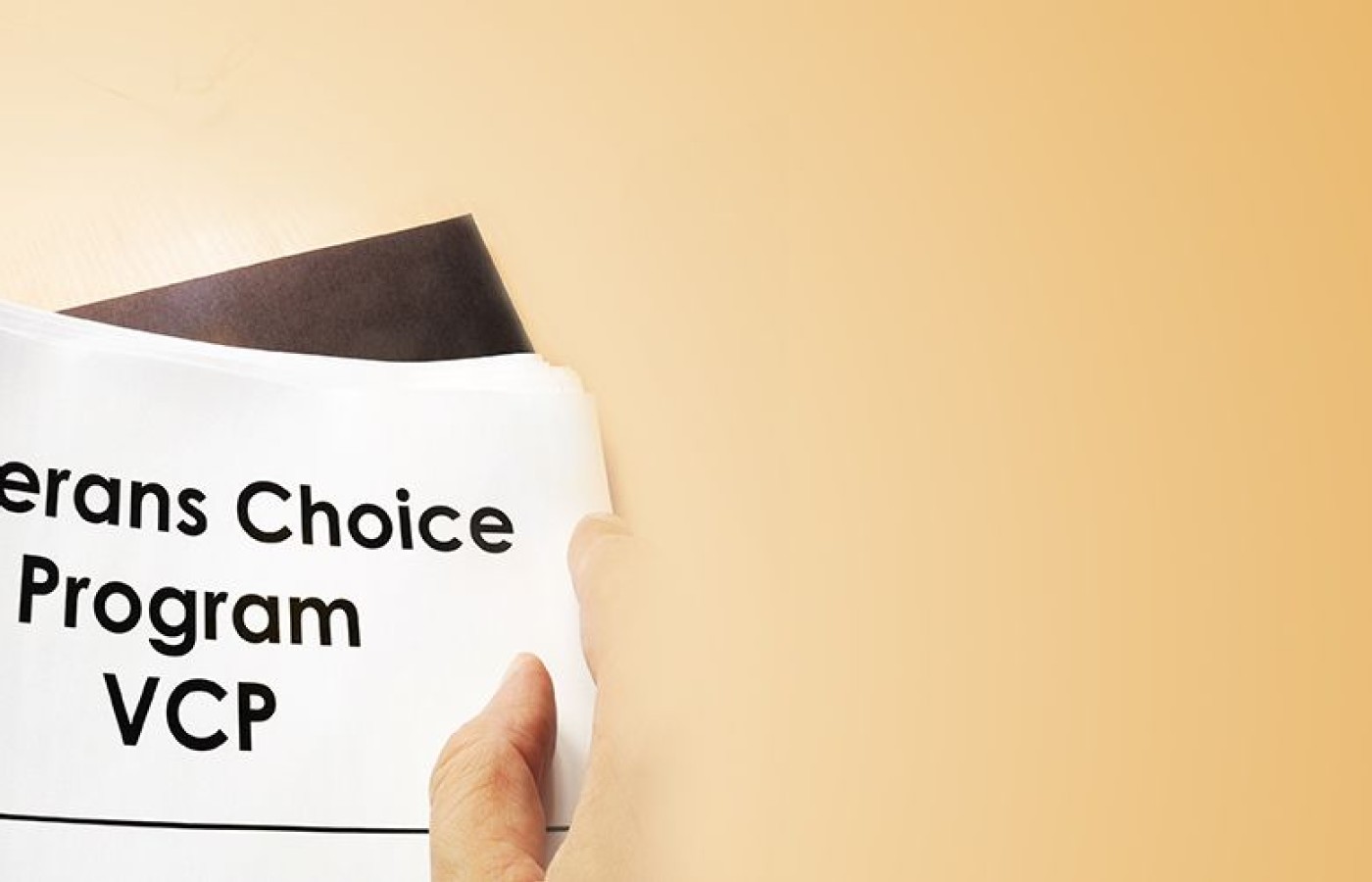Recent laws in New Jersey and California represent a disturbing trend that will negatively impact a practice’s ability to collect monies from patients, as well as expose them to significant penalties if the practice does not follow the mandatory guidelines to a T. Please be aware that a similar law may be coming to your state. The time to act is before the law is passed.
VA Chiropractic Reduces Veterans' Use of Opioids?
Utilization of pain medication – particularly opioids – has been massively high in among veterans for decades, but Veterans Administration guidelines that recommend nonpharmacological first-line treatment options create a greater opportunity than ever for VA chiropractors to make a dent in the opioid and overall pain-management crisis.
Based upon recent research, VA chiropractors can indeed do a great deal of good when it comes to reducing veterans' reliance on opioid medications. Witness a 2018 study1 by Dr. Anthony Lisi, director of chiropractic services for the VA, and colleagues that examined opioid use among veterans before and after receiving treatment from VA chiropractors. The study examined opioid use among "Veterans of Operations Enduring Freedom/Iraqi Freedom/New Dawn (OEF/OIF/OND) who receive chiropractic care" and explored "the relationship between timing of a chiropractic visit and receipt of an opioid prescription."
Put simply, how many veterans of these conflicts take opioids, and how does chiropractic care impact their opioid use? Let's review some of the key points from the study, as published in the September 2018 issue of Pain Medicine:
- "We identified 14,025 OEF/OIF/OND veterans with at least one VA chiropractic visit. ... In terms of health status, 56.2% reported moderate to severe pain intensity, 54.2% had been diagnosed with PTSD, 47.6% had a diagnosis associated with depression, 33.8% were current smokers, 19.8% had a substance use disorder diagnosis, and the sample generally was overweight."
- "Overall, 4,396 (31.3%) of these veterans received an opioid prescription within +/- 90 days of the initial chiropractic visit. The most commonly prescribed opioid was hydrocodone (42.7%), followed by tramadol (33.4%) and oxycodone (13.2%)."
- "The percentages of veterans receiving opioid prescriptions tended to be higher in each of the 30-day windows before the index chiropractic visit than in any of the 30-day windows after the visit."
- "Factors associated with an increased likelihood of receiving an opioid around the time of a chiropractic visit included moderate to severe pain, diagnoses of PTSD and/or depression, and current smoking."

Specifically, the percentage of veterans receiving opioids declined from 15.9 percent 31-60 days prior to their first chiropractic visit to only 11.5 percent 61-90 days following their chiropractic visit. While the authors note that their findings do not necessarily mean chiropractic care directly caused the reduction in opioid prescriptions / use, the timing is definitely food for thought and calls for further research.
According to the study, "A 2016 VA Health Services Research and Development State of the Art conference on nonpharmacological treatments for pain recommended broader uptake of a group of evidence-based nonpharmacological therapies. A key set of the recommend therapies – spinal manipulation, massage, acupuncture, exercise, and patient education – are the core components of multimodal chiropractic care in the VA."
Reference
- Lisi AJ, et al. Opioid use among veterans of recent wars receiving Veterans Affairs chiropractic care. Pain Medicine, 2018;19:S54–S60.



